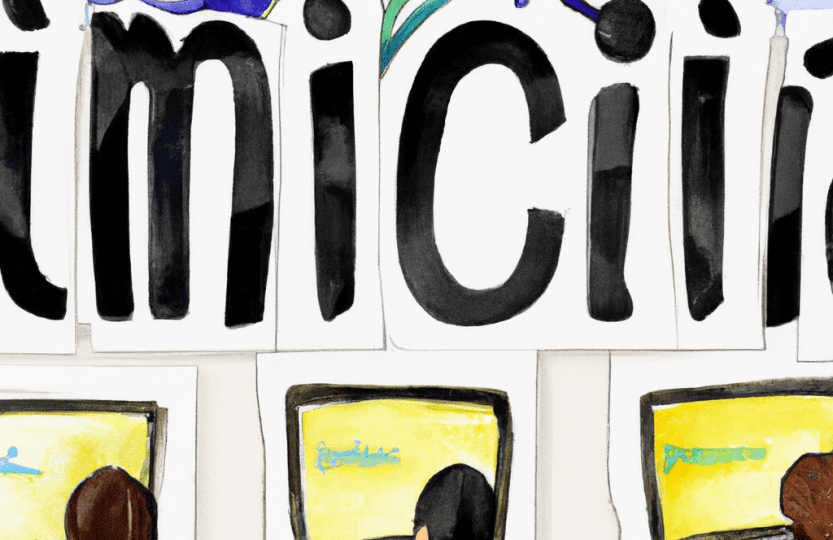The Art of Web Design: Creating Digital Masterpieces
Web design is the art of creating visually stunning and functional websites that engage and captivate visitors. In today’s digital age, a well-designed website is essential for businesses, bloggers, and individuals looking to establish an online presence. This article will delve into the key elements of web design, from layout and color schemes to typography and user experience, providing you with the essential knowledge to craft your very own digital masterpiece. So grab your design tools and let’s dive into the world of web design!
The Perfect Layout: Structuring Your Web Pages
A well-structured layout is the foundation of any successful website design. It helps users navigate your site with ease and creates a visually appealing experience. The layout can be divided into different sections, with each section serving a specific purpose. Consider using <header> for your site’s logo and navigation, <main> for the main content, and <footer> for additional information or contact details. By utilizing appropriate HTML tags, you can semantically structure your web pages and make them more accessible to both users and search engines.
Colors that Pop: Creating a Vibrant Palette
Colors play a critical role in web design as they can evoke emotions, convey messages, and create visual interest. When choosing colors for your website, it’s important to consider your brand identity and target audience. The <color> attribute can be used to set the text color, while the <background-color> attribute can be applied to the background. Experiment with different color combinations, but remember to maintain readability and visual harmony. Consider using the <style> tag or an external CSS file to define your color palette and ensure consistency throughout your site.
The Power of Typography: Fonts that Speak Volumes
Typography is more than just choosing a fancy font. It involves strategically selecting fonts that complement your content and enhance readability. Web-safe fonts such as Arial, Helvetica, and Times New Roman are widely supported and ensure consistent visual presentation across different devices. However, with the advent of web fonts, you now have access to a vast library of fonts to make your website stand out. Services like Google Fonts provide an extensive collection of free fonts that can be easily integrated into your web pages using the <link> tag. Remember to optimize your font choices for legibility and compatibility across various browsers.
User Experience: Designing Websites with People in Mind
A well-designed website takes into account the needs, preferences, and behaviors of its users. User experience (UX) design focuses on creating intuitive and seamless interactions, ensuring visitors have a positive experience navigating your site. Consider factors such as clear navigation menus, logical information hierarchy, and responsive design to accommodate different screen sizes. Incorporate interactive elements like buttons, forms, and multimedia to engage users and encourage them to explore your content further. Listen to user feedback and iterate on your design to continually improve the user experience.
Wrap Up
Web design is an art form that blends creativity, technical skills, and user psychology to create unforgettable online experiences. By mastering the key elements of web design, you can transform your website into a digital masterpiece. Remember to structure your layouts effectively, choose colors that enhance your brand, select typography that amplifies your message, and prioritize user experience to keep visitors engaged. The web design journey is a continuous learning process, so stay curious, explore new trends, and keep refining your skills. Happy designing!
